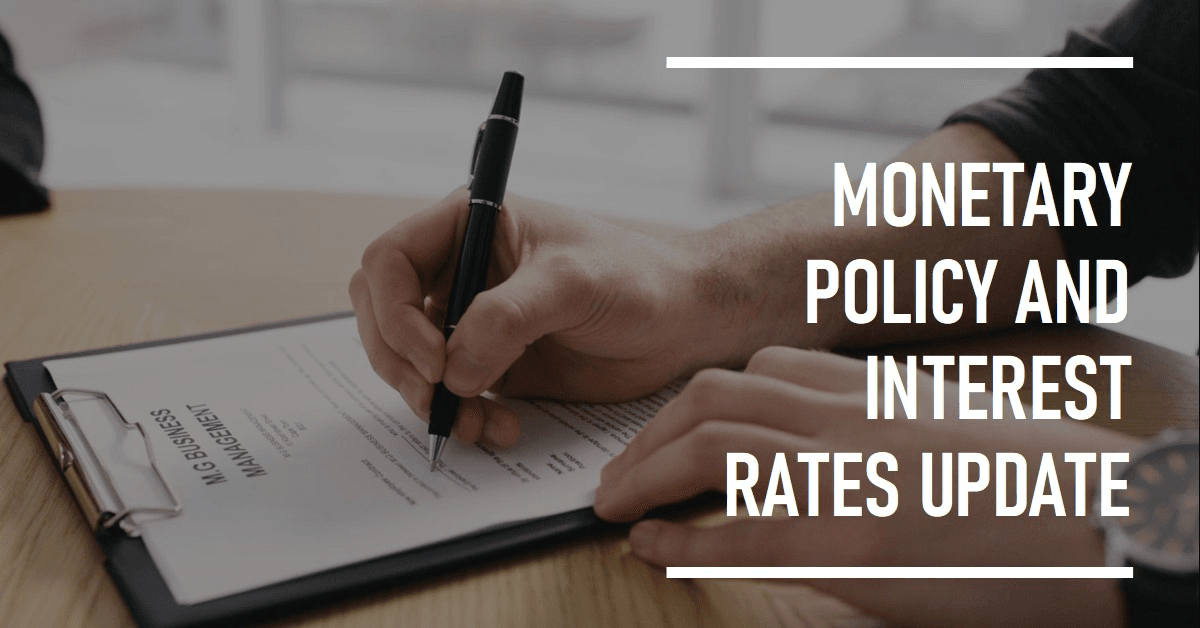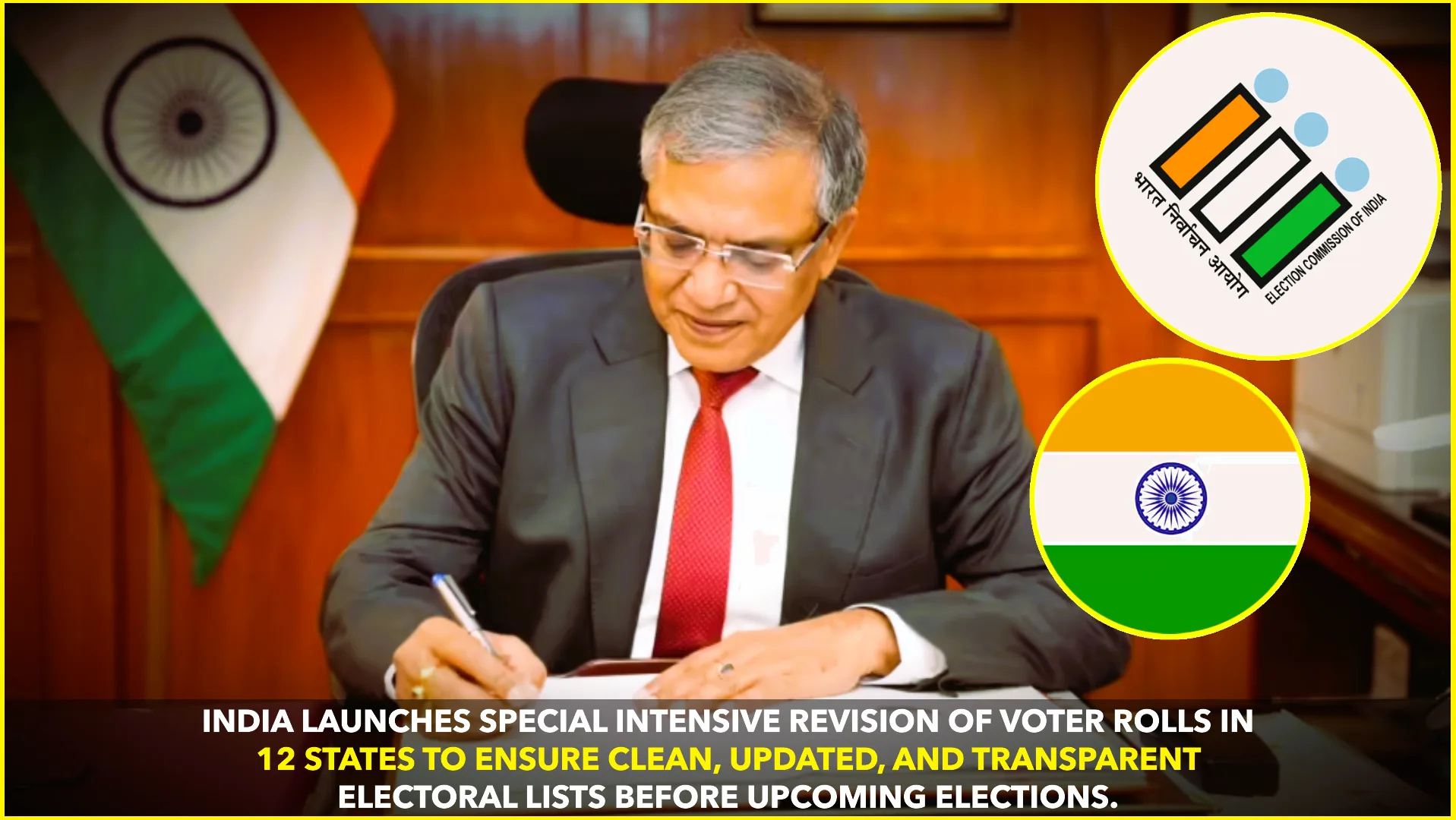The Reserve Bank of India (RBI) plays a pivotal role in shaping the financial landscape of the country by regulating key economic levers, including interest rates. Monetary policy, specifically interest rate adjustments, has a far-reaching impact on the economy, affecting everything from inflation and currency value to household budgets and business investments.
In this detailed report, we examine the most recent announcements from the RBI regarding interest rates, explore the broader implications for borrowers—both consumers and small businesses—and provide insights into the possible future trajectory of India’s monetary policy.
Understanding the Role of Monetary Policy
Monetary policy refers to the actions taken by a country’s central bank, in this case, the RBI, to control the money supply and achieve economic goals like price stability, full employment, and economic growth. One of the primary tools the RBI uses to implement monetary policy is adjusting the repo rate, which is the rate at which the central bank lends to commercial banks. Changes in the repo rate directly influence the interest rates on loans and deposits across the banking sector.
The RBI regularly reviews its monetary policy stance through its Monetary Policy Committee (MPC) meetings, held bi-monthly, where decisions on interest rates are made based on current economic conditions, inflationary pressures, and global financial trends.
For more detailed insights into how the RBI shapes monetary policy, visit our comprehensive guide on RBI Monetary Policy Mechanisms.
Latest Monetary Policy Announcement: September 2024
As of September 2024, the RBI has opted to maintain a status quo on interest rates, keeping the repo rate unchanged at 6.5%. This decision comes against the backdrop of persistent inflationary pressures, a challenging global economic environment, and concerns about domestic growth prospects.
The RBI’s cautious approach reflects its dual mandate of controlling inflation while supporting economic recovery. Inflation has remained elevated, primarily driven by food prices, as detailed in our report on India’s Food Inflation Crisis. At the same time, economic activity has shown signs of recovery, although at a slower pace than anticipated due to the impacts of global supply chain disruptions and fluctuating oil prices.
Governor Shaktikanta Das emphasized that while inflation remains a concern, particularly driven by volatile food prices, the central bank’s focus is to support growth without stoking further inflationary pressures. The RBI’s policy stance is widely regarded as accommodative, aimed at maintaining enough liquidity in the financial system to encourage borrowing and investment.
Implications for Borrowers: Consumers and Small Businesses
Interest rate adjustments, or in this case, the decision to hold rates steady, have wide-ranging effects on both consumers and small businesses.
1. Impact on Consumer Borrowers
For individual borrowers, the RBI’s decision to keep the repo rate unchanged means that home loans, personal loans, and auto loans are likely to stay at their current levels, at least in the near term. With interest rates already relatively high due to previous rate hikes, many consumers have been feeling the pinch of rising EMIs (Equated Monthly Installments), especially for long-term loans like housing.
- Home Loan Borrowers: For homebuyers, particularly those with floating interest rates, the RBI’s decision to maintain rates provides a respite from further increases in EMIs. However, interest rates on home loans remain high, with most banks offering rates between 8.5-9.5%, significantly affecting affordability. Existing borrowers will continue paying elevated monthly installments, while prospective buyers may hesitate to take on new loans given the current rate environment.
- Personal Loan and Auto Loan Borrowers: Personal and auto loans, which typically come with higher interest rates than home loans, will also remain expensive. The average personal loan interest rate stands at around 12-14%, while auto loans range from 9-11%. For consumers looking to finance big-ticket purchases or consolidate debt, borrowing costs will remain high, potentially discouraging discretionary spending.
For more insights on the impact of interest rates on personal finances, read our detailed article on How Interest Rate Hikes Affect Consumer Borrowing.
2. Impact on Small Businesses
Small businesses, which rely heavily on borrowing to fund operations, expand, or invest in new projects, are particularly sensitive to interest rate changes. The cost of capital, or the cost of borrowing, directly affects a business’s ability to grow, hire, and remain competitive.
- Working Capital Loans: Small businesses often depend on working capital loans to manage cash flow and cover operational costs. With the repo rate remaining at 6.5%, interest rates on these loans will remain high, in the range of 10-12%. For businesses already struggling with high input costs, labor shortages, or inflationary pressures, these borrowing costs will continue to weigh heavily on their balance sheets.
- Term Loans and Expansion Financing: For businesses looking to invest in new equipment, open new locations, or expand operations, the high cost of term loans may delay investment plans. While some sectors, like information technology and pharmaceuticals, have managed to weather the economic storm, others like manufacturing and retail are struggling. High interest rates could dampen investment in these critical areas, slowing overall economic recovery.
- SME and MSME Sector: The Micro, Small, and Medium Enterprises (MSME) sector, which is the backbone of India’s economy, has been hit particularly hard. With limited access to alternative financing options, MSMEs rely heavily on traditional banking loans. High interest rates limit their ability to scale operations and increase profit margins. The RBI has, in recent years, introduced schemes such as the Emergency Credit Line Guarantee Scheme (ECLGS) to help MSMEs, but the ongoing high interest rate environment continues to pose challenges.
For more insights on how small businesses are adapting to these challenges, read our report on SMEs and High Borrowing Costs in India.
The Impact of Interest Rates on Inflation and Economic Growth
The RBI’s decision to hold rates reflects its cautious stance on balancing inflation control with growth promotion. While higher interest rates help curb inflation by reducing money supply and cooling demand, they also increase borrowing costs, which can stifle economic activity.
- Inflation: India has been grappling with elevated inflation rates throughout 2024, driven by rising food prices, higher energy costs, and global supply chain disruptions. By holding interest rates steady, the RBI is attempting to ensure that inflation doesn’t spiral out of control while also allowing some room for economic growth. As of September 2024, headline inflation remains above the RBI’s upper tolerance limit of 6%, with food inflation particularly concerning.Keeping the repo rate unchanged is a delicate balance. On one hand, it helps to avoid further increases in consumer prices by limiting the cost-push inflation that comes with higher loan costs. On the other hand, the lack of a rate cut means that businesses and households will continue to face high borrowing costs, limiting spending power and investment.For more details on how inflation affects the economy, check out our article on India’s Inflation and Economic Growth Outlook.
- Economic Growth: India’s GDP growth has been slower than expected in 2024, with many sectors still reeling from the lingering effects of the COVID-19 pandemic and the global economic slowdown. By keeping rates unchanged, the RBI is signaling its intention to support growth by ensuring that businesses can still access credit, even at higher interest rates.The RBI has projected India’s GDP growth for FY2024-25 to be around 6.3-6.5%, slightly down from earlier forecasts, as global economic headwinds and domestic inflationary pressures weigh on the outlook.
Future Outlook: What Can Borrowers Expect?
Looking forward, the trajectory of interest rates will largely depend on how the inflationary environment evolves. The RBI has indicated that it will continue to monitor inflation data closely, and any further rate hikes will be contingent on inflation falling back within the central bank’s comfort zone.
If inflation shows signs of abating, there is a possibility that the RBI could pivot to a rate cut in 2025, which would provide relief to borrowers. However, if inflation continues to rise, driven by factors like volatile global oil prices, food shortages, or currency depreciation, the RBI may be forced to raise rates again.
For individual borrowers, this means that while interest rates are stable for now, any significant changes in inflation or global economic conditions could result in rate adjustments, potentially increasing EMI burdens.
Small businesses, particularly those in the MSME sector, should continue to focus on managing cash flows, exploring alternative financing options, and building resilience against high borrowing costs. Diversifying revenue streams and optimizing operations to reduce costs will be key strategies for navigating this challenging environment.
Government Interventions and Support for Borrowers
In light of the ongoing challenges faced by borrowers, the government has introduced several measures to alleviate the burden. These include:
- Credit Guarantee Schemes: The government has expanded credit guarantee schemes like the ECLGS to ensure that businesses, particularly MSMEs, have access to affordable credit. The scheme offers a government-backed guarantee on loans, reducing the risk for banks and enabling them to lend at lower rates.
- Subsidized Loan Programs: The government has also introduced subsidized loan programs for sectors like agriculture and affordable housing, providing relief to borrowers in these critical areas.
- Tax Incentives: Tax incentives for businesses investing in technology, green energy, and skill development have been introduced to encourage investment in these areas, despite the high cost of borrowing.
For more details on the future of India’s monetary policy and interest rate trends, check out our in-depth analysis on RBI’s Future Policy Direction.










